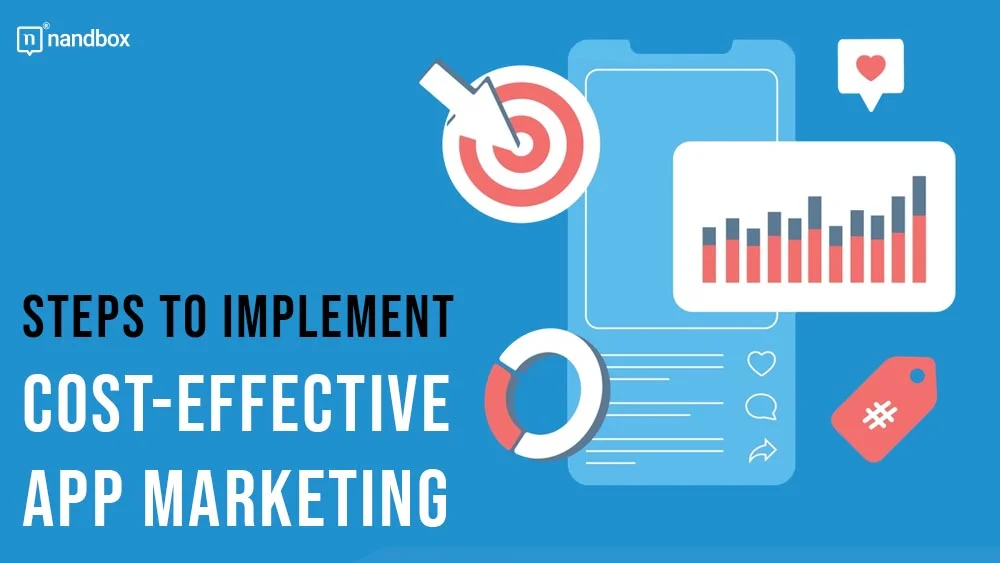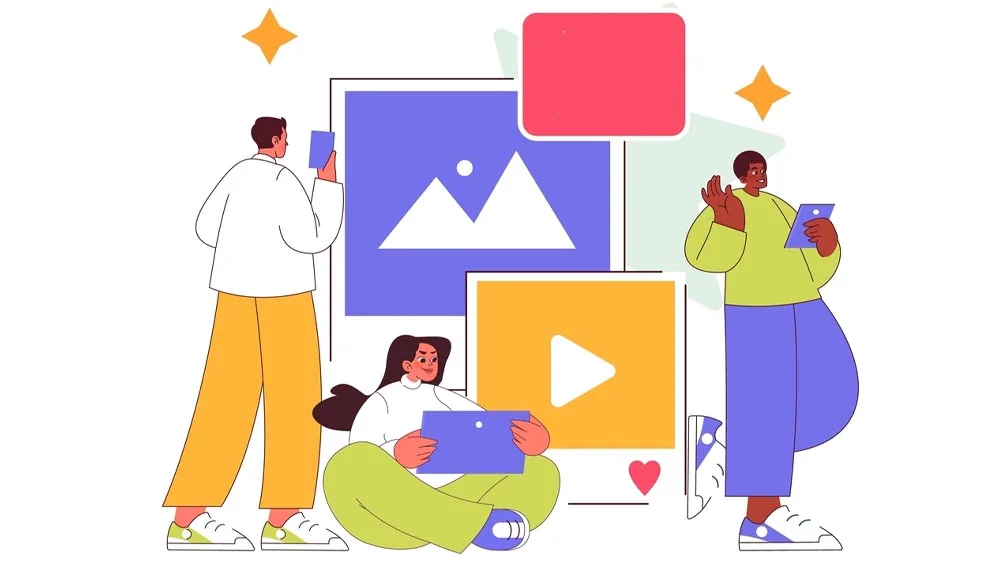Marketing has always been the method people use to make things known or bring them to light. In case of having an app, the scenario won’t differ that much. In order to get people to talk about your app and know it, you have to market for your app efficiently. Many app developers are actually facing the challenge of working within a tight marketing budget. One that kind of limits their options and marketing vision. That is why we’re here today to discuss cost effective app marketing. Yes, we’ve all been there when we’re on a certain budget. Either choose the bagel and coffee or that pretty glazed donut alongside and kill your pockets.
Today’s digital landscape is one that is very competitive. That is because millions of apps are striving in order to gain the attention they need to be known and worldwide famous. That is the reason why a well-planned marketing strategy is highly needed. However, implementing such a strategy doesn’t necessarily require a large financial investment.
By focusing on cost effective methods, app developers can maximize their reach and engagement without breaking the bank. This article outlines practical steps to help you market your app efficiently, from understanding your target audience to leveraging organic and paid strategies, all while keeping costs in check. This guide will help you; whether you’re still developing your app or looking to boost one that you already have, this guide will be your first step into success.
Cost Effective Marketing: Understanding Your Target Audience in 2024
Any app needs to address a specific category of people. That is why understanding your target audience is something that is of the essence. This is the basic step that will be the foundation of any app that needs to be successful. But the question remains: how can you determine and get to know your target audience? How can you understand what they need in order to pitch your app for them? The answer is easy. All you have to do is identify your key demographics.
This includes having a marketing analysis that decides for you the age, location, and income level of the audience you are targeting. These are the basics, but they only scratch the surface. What about their psychographics? What are their interests, values, and lifestyle choices? Understanding these aspects can help you tailor your messaging to resonate on a deeper level. Next, get to understand their behavior. See how do they interact with apps.
Especially how they interact with apps that could be your competitor. Check out what they love and hate, what they engage with and what makes them leave. You can also conduct a survey for opinions. One that will help you see into what they wish they had and help you offer it through your app. Don’t forget to see what frustrates them and what they wish to see as a solution for a certain problem that they may be facing.
Ultimately, the more you understand your audience, the better you can meet their needs and expectations. Are they casual users or power users? Are they motivated by convenience, or do they seek unique features? Answering these questions will help you craft a marketing strategy that speaks directly to your audience’s desires.
Leveraging Organic Marketing Strategies
Leveraging organic marketing strategies is a smart way to promote your app without overspending. But how do you make the most of these tactics? You can start with App Store Optimization (ASO). ASO is like SEO for your app. It aims to help your app rank higher in app store searches. Ask yourself the following: are you using the right keywords in your app title and description? Is your app icon and screenshots visually appealing? These small details may look small but they can significantly boost your visibility.
Next, leverage the power of content marketing. Have you thought about creating blog posts or videos that highlight your app’s unique features? Ones that you can share through user success stories? You can use the power of social media to help you with better visibility and exposure. This content can drive traffic to your app and build trust with your potential users or target audience.
To sum it up, here are three key steps:
- Optimize your app store listing
- Create valuable content
- Engage consistently on social media
Cost Effective Marketing: Implementing Cost Effective Paid Advertising: Choosing the right ad platforms
Implementing cost effective paid advertising can be a game-changer for app marketing, but it requires careful planning and strategy. Choosing the right ad platforms is the first step. Google Ads and Facebook Ads are popular options. That is, due to their extensive reach and targeting capabilities. However, it’s essential to select a platform that aligns with your app’s target audience. Once you’ve chosen the platform, setting and managing your budget becomes the trick that you have to master. Start with a modest budget to test the waters, and allocate funds based on which ads perform best.
A/B testing plays a vital role here, allowing you to compare different ad variations—such as headlines, images, and calls-to-action—to see which resonates most with your audience. This data-driven approach ensures that you’re not wasting money on ineffective ads and helps you refine your strategy for maximum impact. By continuously optimizing your ad campaigns through A/B testing and smart budget management, you can achieve significant results without overspending, making your paid advertising efforts both efficient and effective.
Encouraging User-Generated Content (UGC)
User-Generated Content (UGC) is a powerful, cost effective way to enhance your app’s visibility and credibility. Encouraging users to create content not only builds community but also serves as authentic promotion for your app. To motivate users to share their experiences, consider offering incentives such as:
- Exclusive in-app rewards: Offer special features, discounts, or access to premium content in exchange for content creation.
- Contests and challenges: Engage your audience by hosting contests that encourage creative contributions, with prizes for the best entries.
Leveraging reviews and ratings, a key form of UGC often found on dedicated UGC platforms, is another essential aspect of UGC. Positive reviews can significantly influence potential users, so actively encourage satisfied users to leave feedback. Responding to reviews—both positive and negative—demonstrates that you value user input and are committed to improvement.
Finally, sharing user stories and testimonials can deepen the connection between your brand and its audience. Highlighting real-life success stories or unique ways users interact with your app can inspire others to explore its features. Whether through social media, blogs, or in-app highlights, showcasing UGC fosters trust and encourages further engagement.
Cost Effective Marketing: Building Partnerships and Collaborations: Co-Marketing Strategies
Building partnerships and collaborations can be a game-changer for cost effective app marketing. How do you get started? I know the answer to that one. One powerful approach is co-marketing with complementary apps. Imagine teaming up with an app that offers services or features that complement yours. By pooling resources and sharing audiences, both apps can expand their reach without doubling the budget.
Now, you might wonder, “What about affiliate marketing?” It’s another smart strategy. By partnering with affiliates who promote your app in exchange for a commission on each conversion, you create a performance-based marketing system. Just make sure to choose the best affiliate tracking software.
In Conclusion
Building partnerships and collaborations is not just a smart move—it’s a necessity for cost effective app marketing. By co-marketing with complementary apps, you can tap into new audiences and share resources, multiplying your reach without multiplying your costs. Affiliate marketing adds another layer of efficiency, allowing you to pay only for performance, which means your budget goes further. And let’s not overlook cross-promotion; this strategy lets you and your partners boost each other’s visibility in a mutually beneficial way, all without significant financial outlay.
If it is your wish to build an app and create a cost effective marketing plan, you can now create a no-code app using nandbox’s native no-code app builder. This is a no-code solution that will help you create an app in no time. Additionally, help you create an app without all the hassles of coding or programming. You don’t need to have any prior knowledge of both things in order to develop an app with nandbox. Sign up now and claim your 14-day free trial that will allow you to navigate your way and explore our app builder.





